Major Lucio Fontana exhibition opens at Musée d’Art moderne de la Ville de Paris
Lucio Fontana, Concetto spaziale, Attese, (Concept spatial, Attentes), 1966 © Fondazione Lucio Fontana, Milano / by SIAE / Adagp, Paris 2014
PARIS.- The Musée d’Art moderne de la Ville de Paris presents a major Lucio Fontana (1899-1968) retrospective. Considered one of the greatest visionaries of the 20th century, his work deeply influenced several generations of artists, from Yves Klein to the present. For the first time in France since 1987, more than 200 sculptures, paintings, ceramics and installations provide an overall view of his atypical path and his ever changing styles.
Born in 1899 in Rosario, Argentina, son of an Italian-born trained sculptor, Fontana would spend most of his life in Milan. Exploiting all the possibilities offered by sculpture (terracotta, ceramic, mosaic) and extensively collaborating with architects, he was one of the first Italian abstract artists in the 1930’s. During World War II he sought refuge in Argentina. Back in Milan in 1947, he became the leader figure of the Spatialist Movement, which he extensively defined and explained in his Manifestos. Light and real space (in opposition to virtual space) are the two essential elements of this movement that intended to create a new kind of art, alluding to the Space Age but actively connected to the world around it. The artist is embodied in his ceramic sculptures, his perforated canvases and his installations. In 1949 he creates his first Concetti spaziali (Spatial Concepts), a series of punctured canvases which he later intervenes using different materials and bright colors. Following a retrospective show at the Venice Biennial in 1958 he conceives the Tagli series, incisions on canvas. This works became a key reference for artists in the 1960’s.
The show displays and extraordinary body of work ranging from the 1920’s to Fontana’s death in 1968, naturally structured by the artist’s key cycles: primitive and abstract sculptures, drawings, polychrome ceramics, Spatialist works, punctured canvases, Art Informel works, installations, Tagli (cuts), Nature, Fine di Dio, Olii,Venezie, Metalli, Teatrini,etc, oscillating between the clean conceptual gesture and the baroque profusion of colors and materials.
The exhibition, presented in collaboration with the Fondazione Lucio Fontana, highlights the diversity of his work, between abstraction and figuration, metaphysical quest and incarnation, utopia and kitsch, technological fascination and amorphous materials. His slashed canvases, iconic works of modern art, are brought into confrontation with least-known pieces, in particular his 1930’s sculpture and his ceramics, most of which are exhibited in France for the first time.
Lucio Fontana et ses « lunettes spatiales », 1965. Photographie Lothar Wolleh © Dr. Oliver Wolleh © Fondazione Lucio Fontana, Milano / by SIAE / Adagp, Paris 2014.
PARIS - Le Musée d’Art moderne de la Ville de Paris présente l’une des plus importantes rétrospectives de Lucio Fontana (1899-1968). Considéré comme un des grands visionnaires du vingtième siècle, son œuvre a marqué plusieurs générations d’artistes, d’Yves Klein à aujourd’hui. Pour la première fois en France depuis 1987, plus de 200 sculptures, toiles, céramiques et environnements permettent d’offrir une vision globale de son parcours atypique et de ses changements de styles.
Le parcours chronologique de l'exposition couvre l'ensemble de sa production, de la fin des années 1920 à sa mort en 1968, à travers tous ses grands cycles : sculptures primitives et abstraites, dessins, céramiques polychromes, œuvres spatialistes, toiles perforées, œuvres informelles, environnements, Tagli (Fentes), Nature, Fine di Dio, Venezie, Metalli, Teatrini, etc, oscillant entre geste conceptuel épuré et profusion de matières et de couleurs jouant avec le décoratif.
L’exposition, réalisée avec la collaboration de la Fondazione Lucio Fontana, met en valeur la diversité de sa création, entre abstraction et figuration, quête métaphysique et incarnation, utopie et kitsch, fascination technologique et matières informes. Ses toiles fendues, devenues des icônes de l’art moderne, sont mises en regard d’œuvres moins connues, notamment ses sculptures des années trente et ses céramiques, la plupart présentées pour la première fois en France.
Né en 1899 à Rosario en Argentine de père italien, sculpteur de formation, il passera la majeure partie de sa vie à Milan. Exploitant toutes les possibilités de la sculpture polychrome (terre cuite, céramique, mosaïque) et collaborant avec des architectes, il est un des premiers artistes abstraits italiens dans les années 1930. Il passe la Seconde Guerre Mondiale en Argentine. De retour à Milan en 1947, il devient la figure de proue du mouvement spatialiste qu’il définit dans divers manifestes. Ce mouvement part de l’espace et de la lumière pour concevoir des œuvres en relation avec le monde environnant et la conquête spatiale. Il s’incarne dans ses sculptures en céramique, ses toiles trouées et ses environnements. En 1949, il réalise ses premiers Concetti spaziali (Concepts spatiaux), toiles perforées sur lesquelles il intervient avec divers matériaux et couleurs vives. Après une rétrospective à la Biennale de Venise en 1958, il commence sa série de toiles fendues, les Tagli et devient une figure de référence pour les artistes des années 1960.
Un catalogue de 300 pages largement illustré et édité par Paris Musées sera publié à cette occasion. Avec des textes de Fabrice Hergott, Jean Louis Schefer, Daniel Soutif, Anthony White, Luca Massimo Barbero, Paolo Campiglio, Marina Pugliese, Sébastien Gokalp, Choghakate Kazarian, et une anthologie de textes de Michel Tapié, Lawrence Alloway etc.
Lucio Fontana "Scultura spaziale (Sculpture spatiale)", 1947, Musée national d'art moderne, Centre Pompidou © Centre Pompidou, MNAM-CCI, Dist. RMN-Grand Palais (Photo © Fondazione Lucio Fontana, Milano / by SIAE / Adagp, Paris 2014)
Lucio Fontana, Concetto spaziale, Attese (Concept spatial, Attentes), 1959, © Lucio Fontana / SIAE / ADAGP, Paris 2013 © Musée d'Art Moderne / Roger-Viollet
Lucio Fontana, Concetto spaziale (Concept spatial), 1962, Courtesy Tornabuoni Art, Paris © Fondazione Lucio Fontana, Milano / by SIAE / Adagp, Paris 2014.
Lucio Fontana "Concetto spaziale, La Fine di Dio", 1963, Collection Musée national d'art moderne, Centre Pompidou, © Lucio Fontana / SIAE / ADAGP, Paris 2013 © Centre Pompidou, MNAM-CCI, Dist. RMN-Grand Palais / Adam Rzepka © Adagp, Paris 2013
Lucio Fontana, Concetto spaziale, Attese (Concept spatial, Attentes) , 1965, © Lucio Fontana / SIAE / ADAGP, Paris 2013 © Musée d'Art Moderne / Roger-Viollet
Lucio Fontana "Il Guerriero (Le Guérrier)", 1949, Collection particulière, © Galerie Karsten Greve/Photo Sasa Fuis, Cologne, Fondazione Lucio Fontana (foto: ANSA) RIPRODUZIONE RISERVATA © Copyright ANSA
Lucio Fontana, Concetto Spaziale, Teatrino (1965) Bruxelles Collection Muses Royaux des Beaux Arts de Belgique (Foto: ANSA)RIPRODUZIONE RISERVATA © Copyright ANSA
Lucio Fontana, Concetto Spaziale, I quanta (1960) Milano, Fondazione Lucio Fontana (foto: ANSA) RIPRODUZIONE RISERVATA © Copyright ANSA
Lucio Fontana, Concetto Spaziale , New York 10 (1962) Milano, Fondazione Lucio Fontana (foto: ANSA)RIPRODUZIONE RISERVATA © Copyright ANSA
Lucio Fontana "Concetto spaziale (Concept spatial)", 1961, Collection particulière, courtesy Sperone Gallery, New York , Fondazione Fontana Milano (foto: ANSA)RIPRODUZIONE RISERVATA © Copyright ANSA
Lucio Fontana, Concetto Spaziale (1961) Collezione privata, Courtesy Sperone Gallery New york Fondazione Lucio Fontana (foto: ANSA) RIPRODUZIONE RISERVATA © Copyright ANSA
Lucio Fontana, Concetto Spaziale (1952), Torino, Gam , Galleria Civica d'Arte Moderna e Contemporanea di Torino (foto: ANSA)RIPRODUZIONE RISERVATA © Copyright ANSA
Lucio Fontana, Scultura Astratta (1934), Milano, Fondazione Lucio Fontana (foto: ANSA) RIPRODUZIONE RISERVATA © Copyright ANSA
Lucio Fontana, Ritratto di Teresita (Portrait de Teresita), 1940, Milano, Fondazione Lucio Fontana (foto: ANSA) RIPRODUZIONE RISERVATA © Copyright ANSA

/https%3A%2F%2Fprofilepics.canalblog.com%2Fprofilepics%2F1%2F0%2F100183.jpg)
/https%3A%2F%2Fstorage.canalblog.com%2F03%2F02%2F119589%2F96711876_o.jpg)
/https%3A%2F%2Fstorage.canalblog.com%2F11%2F31%2F119589%2F94773502_o.jpg)
/https%3A%2F%2Fstorage.canalblog.com%2F20%2F83%2F119589%2F94772815_o.jpg)
/https%3A%2F%2Fstorage.canalblog.com%2F26%2F72%2F119589%2F75604929_o.jpg)
/https%3A%2F%2Fstorage.canalblog.com%2F59%2F60%2F119589%2F26458628_o.jpg)





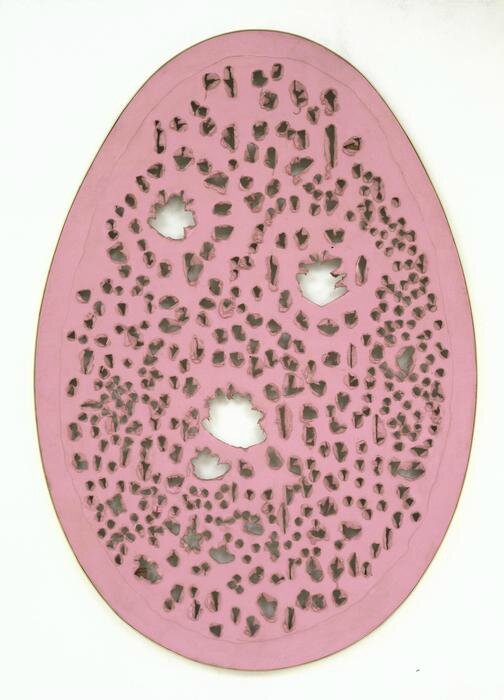

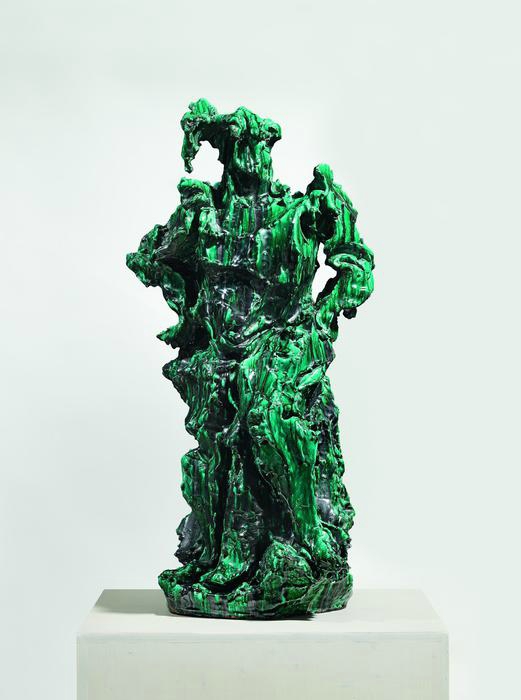



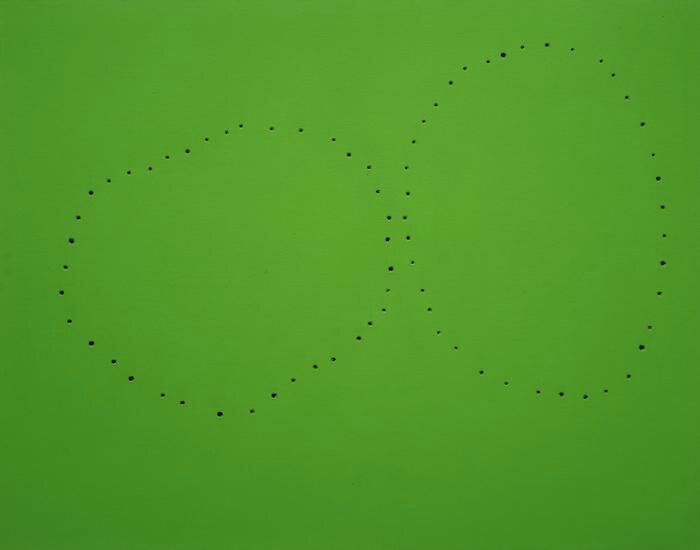
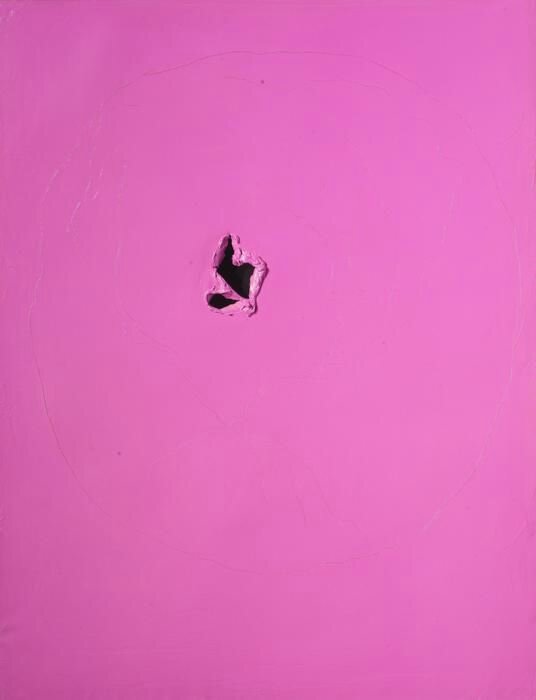


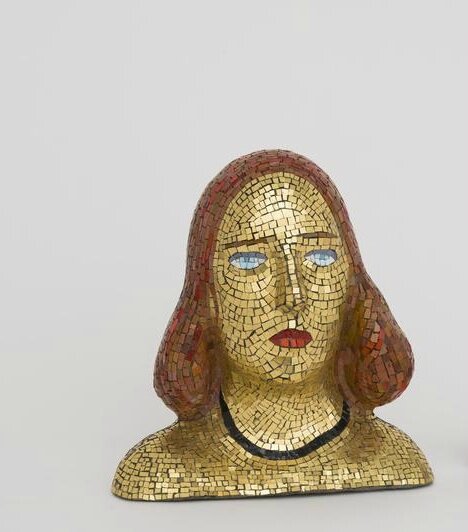


/image%2F1371349%2F20240313%2Fob_3da818_431115881-1632814154155264-57534444325.jpg)
/image%2F1371349%2F20240312%2Fob_cc9c83_f2.jpg)
/image%2F1371349%2F20240311%2Fob_2edda2_fontana.jpg)
/http%3A%2F%2Fstorage.canalblog.com%2F86%2F67%2F119589%2F129815803_o.png)